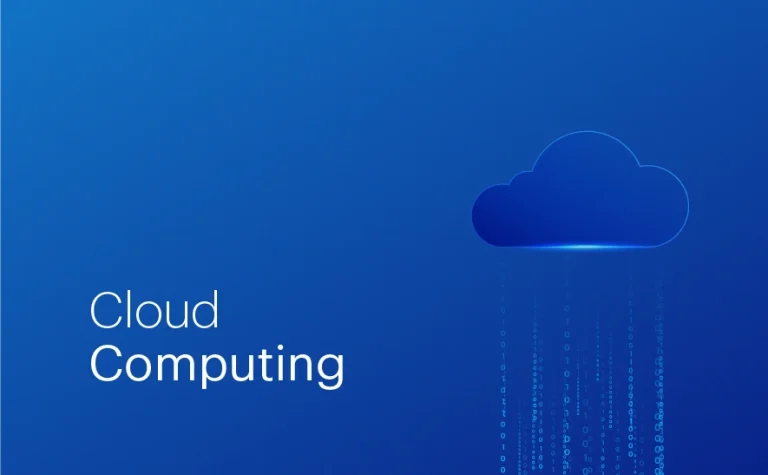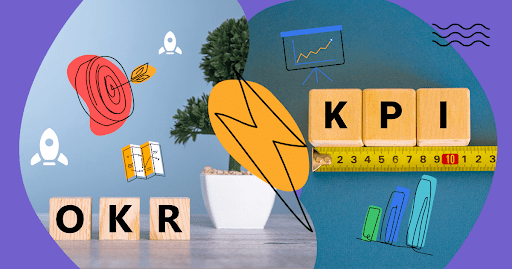Cloud computing has revolutionized the way businesses operate, offering unprecedented levels of flexibility, scalability, and efficiency. Over the past decade, the shift to the cloud has become not only a technological change but a fundamental business strategy for companies aiming for sustainable growth. As we move into 2025, cloud computing continues to evolve, bringing with it emerging trends that further enhance its role in driving business success. For organizations seeking long-term growth and resilience, understanding and leveraging these trends is critical.
This article will explore some of the key trends in cloud computing and how they contribute to sustainable growth for businesses of all sizes, emphasizing how they shape the way companies innovate, operate, and stay competitive in an increasingly digital world.
1. Cloud-Native Development: The Shift to Agile and Scalable Solutions
One of the most significant trends in cloud computing is the rise of cloud-native development. This approach leverages the full potential of cloud platforms by using microservices, containers, and serverless architectures to create applications that are agile, scalable, and resilient. Cloud-native development enables businesses to build and deploy software faster and more efficiently, ensuring that they can rapidly adapt to changes in the market or industry.
Why it matters: Cloud-native development is a key enabler of sustainable growth because it allows businesses to innovate quickly and pivot when needed. Rather than relying on legacy systems or monolithic architectures, companies can take advantage of the cloud’s flexibility to design software that can scale up or down in real-time based on demand. For startups and established enterprises alike, this translates into faster time-to-market, reduced costs, and the ability to provide better user experiences.
Real-world example: Companies like Netflix and Spotify have embraced cloud-native development to deliver high-performing, globally distributed applications that are capable of handling millions of users simultaneously. By using microservices and containerization technologies like Kubernetes, they can continuously innovate and expand without being constrained by traditional IT infrastructure.
2. Hybrid and Multi-Cloud Environments: Flexibility and Risk Mitigation
The trend of hybrid and multi-cloud strategies is gaining momentum as businesses look for greater flexibility and security. A hybrid cloud combines on-premises infrastructure with public and private cloud services, allowing businesses to seamlessly integrate workloads across different environments. Meanwhile, multi-cloud strategies involve using multiple cloud providers (e.g., AWS, Microsoft Azure, Google Cloud) to avoid reliance on a single vendor and ensure optimal performance and redundancy.
Why it matters: Hybrid and multi-cloud environments offer businesses more control over where their data and applications are hosted. This approach reduces the risks associated with vendor lock-in, improves disaster recovery capabilities, and provides better performance by leveraging the strengths of different cloud providers. For companies aiming for sustainable growth, the ability to choose the best cloud solution for each workload—and to switch providers when needed—ensures agility, security, and cost-effectiveness.
Real-world example: Financial institutions, healthcare providers, and other industries that deal with sensitive data often use hybrid and multi-cloud solutions to comply with regulatory requirements while benefiting from the scalability and innovation offered by public clouds. This enables them to keep mission-critical systems on private clouds for added security, while utilizing the public cloud for non-sensitive applications that require scalability.
3. AI and Machine Learning Integration: Enhanced Decision-Making and Automation
Artificial Intelligence (AI) and Machine Learning (ML) are becoming integral components of cloud computing. Cloud providers are increasingly offering AI and ML services as part of their platforms, allowing businesses to harness the power of these technologies without needing extensive in-house expertise or infrastructure.
Why it matters: The integration of AI and ML into cloud environments enables businesses to automate processes, gain deeper insights from data, and make more informed decisions. For startups, AI can be a game-changer, offering capabilities that were once only available to large enterprises with massive budgets. Whether it’s automating customer service with chatbots, predicting market trends, or improving operational efficiency, AI in the cloud is a critical driver of sustainable growth.
Real-world example: Amazon Web Services (AWS) and Google Cloud offer a variety of AI and ML tools that enable businesses to integrate predictive analytics, natural language processing, and image recognition into their products and services. Startups like Stitch Fix use AI-driven algorithms to offer personalized fashion recommendations to customers, while companies in healthcare and finance use AI for fraud detection and risk management.
4. Cloud Security Advancements: Strengthening Trust and Compliance
As businesses move more of their operations to the cloud, security becomes an increasingly critical concern. Cloud providers have responded by investing heavily in advanced security features, from encryption to multi-factor authentication, to help businesses protect their data and maintain customer trust.
Why it matters: As cyber threats become more sophisticated, organizations must ensure that their cloud environments are secure and compliant with industry standards. The cloud offers a level of security that many startups and small businesses could not afford on their own, including automated threat detection, regular security patches, and compliance with data protection regulations such as GDPR and CCPA.
Real-world example: Cloud giants like Microsoft and Google have implemented end-to-end encryption, automated vulnerability scanning, and regular security audits to protect their customers’ data. Companies in highly regulated industries, such as finance and healthcare, benefit from the cloud’s ability to meet stringent compliance standards, providing them with a secure foundation for growth.
5. Edge Computing: Bringing Data Closer to the User
Edge computing is an emerging trend that complements cloud computing by processing data closer to the source of generation (e.g., IoT devices, mobile phones, or local servers). Instead of sending all data to a central cloud data center, edge computing enables real-time data processing at the edge of the network, reducing latency and bandwidth usage.
Why it matters: As the Internet of Things (IoT) continues to grow, businesses that rely on real-time data processing—such as autonomous vehicles, smart cities, and healthcare systems—are increasingly adopting edge computing to deliver faster, more efficient services. Edge computing improves user experience by reducing latency and ensuring that businesses can process data in real-time, which is essential for applications requiring instant feedback.
Real-world example: Companies like Tesla use edge computing to process data from their vehicles in real time, enabling features such as autopilot and live traffic updates. Similarly, smart cities are leveraging edge computing to monitor traffic patterns, optimize energy consumption, and improve public safety without the delays associated with sending all data to central servers.
6. Serverless Computing: Streamlining Operations and Reducing Costs
Serverless computing is a cloud model where businesses can run applications without having to manage the underlying infrastructure. With serverless computing, developers focus solely on writing code and deploying applications, while the cloud provider takes care of resource allocation and scaling automatically.
Why it matters: Serverless computing offers startups a highly efficient and cost-effective way to scale their applications. It eliminates the need for businesses to invest in server management and capacity planning, allowing them to focus on innovation and product development. Moreover, with serverless computing, businesses only pay for actual usage, ensuring cost efficiency even during periods of low demand.
Real-world example: Many companies use serverless platforms such as AWS Lambda, Google Cloud Functions, or Azure Functions to run event-driven applications without worrying about infrastructure management. For example, a startup in the e-commerce sector can use serverless computing to handle spikes in web traffic during sales events, ensuring a smooth experience for customers without incurring unnecessary costs during off-peak times.
7. Sustainability in Cloud Computing: Green Cloud Initiatives
As environmental sustainability becomes a top priority for both consumers and businesses, cloud providers are increasingly focusing on reducing their carbon footprint. Many cloud platforms are investing in renewable energy sources to power their data centers and are actively working to make their operations more energy-efficient.
Why it matters: Sustainable practices not only help combat climate change but also appeal to consumers and investors who prioritize environmental responsibility. Startups that choose cloud providers committed to sustainability can benefit from the credibility of being environmentally conscious, which can also enhance brand loyalty and attract customers who share similar values.
Real-world example: Google Cloud, for example, is carbon-neutral and has committed to running its data centers entirely on renewable energy. Similarly, Microsoft aims to be carbon-negative by 2030. Startups that partner with such providers can contribute to sustainability efforts while reaping the benefits of cost-effective and efficient cloud computing.
Conclusion
The cloud computing landscape is evolving rapidly, and staying ahead of these trends can provide businesses with a significant competitive advantage. By embracing cloud-native development, multi-cloud strategies, AI integration, and advanced security measures, startups can position themselves for long-term success and growth. The key to sustainable growth lies in the ability to innovate, scale, and adapt—traits that cloud computing uniquely enables. As we move toward 2025 and beyond, the businesses that leverage the latest trends in cloud technology will be well-equipped to thrive in an ever-changing digital world.









